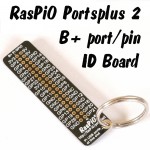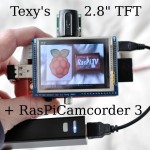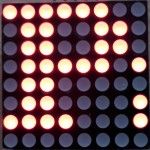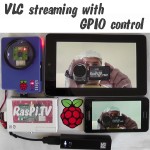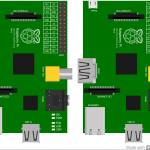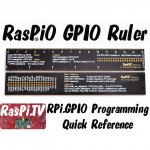
For some time now I’ve been using the wonderful RPi.GPIO Python library by Ben Croston. It’s great for using the General Purpose Input Output (GPIO) ports on the Raspberry Pi to control things and read inputs. I’ve written at least 14 tutorials on it (listed here) over the last couple of years. But I still find myself needing to look up the exact commands to use. I’ve made a crib-sheet which is really useful, but pieces of paper get lost. What I really want is the most used commands in a portable, accessible form that […more…]

